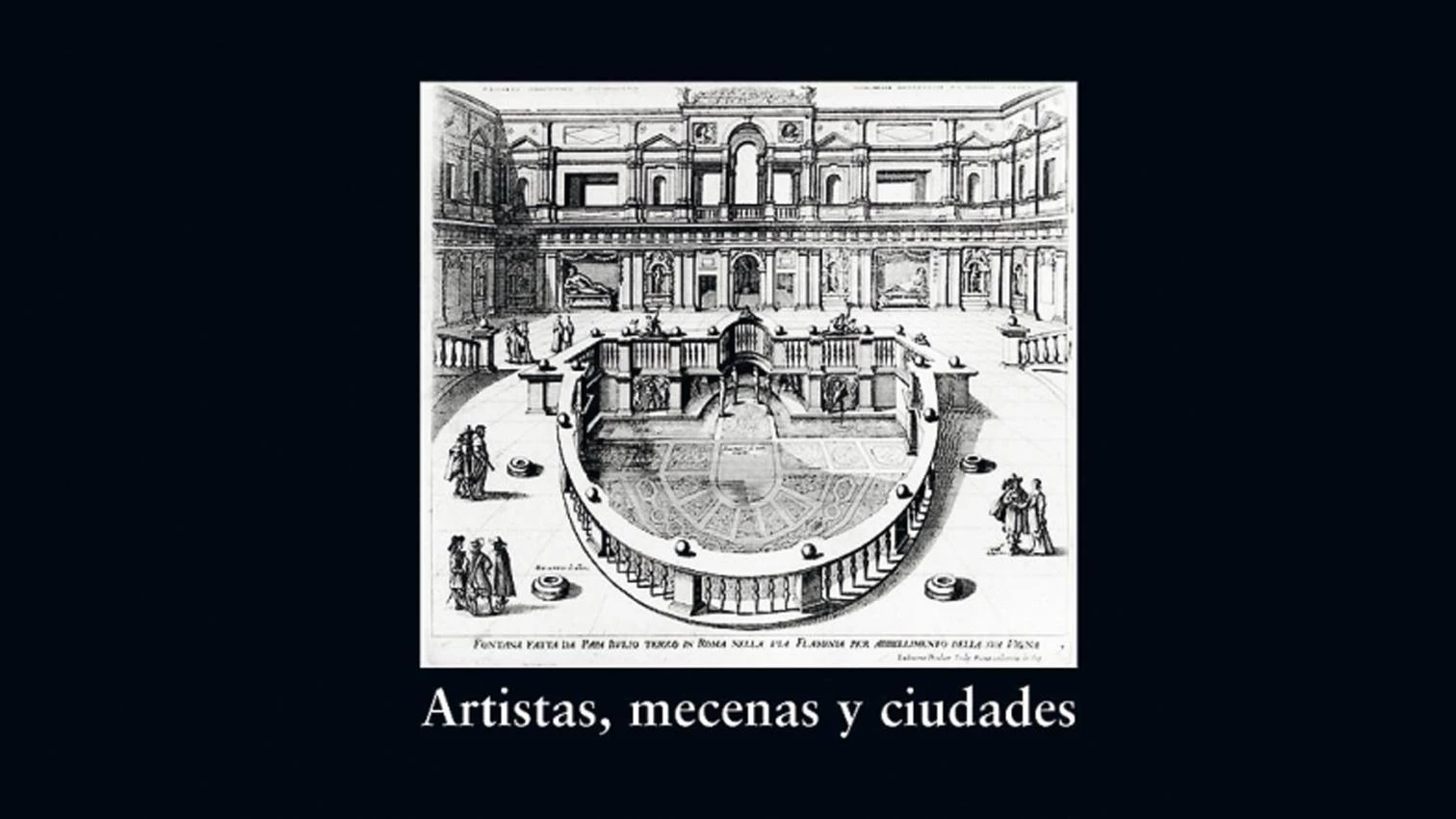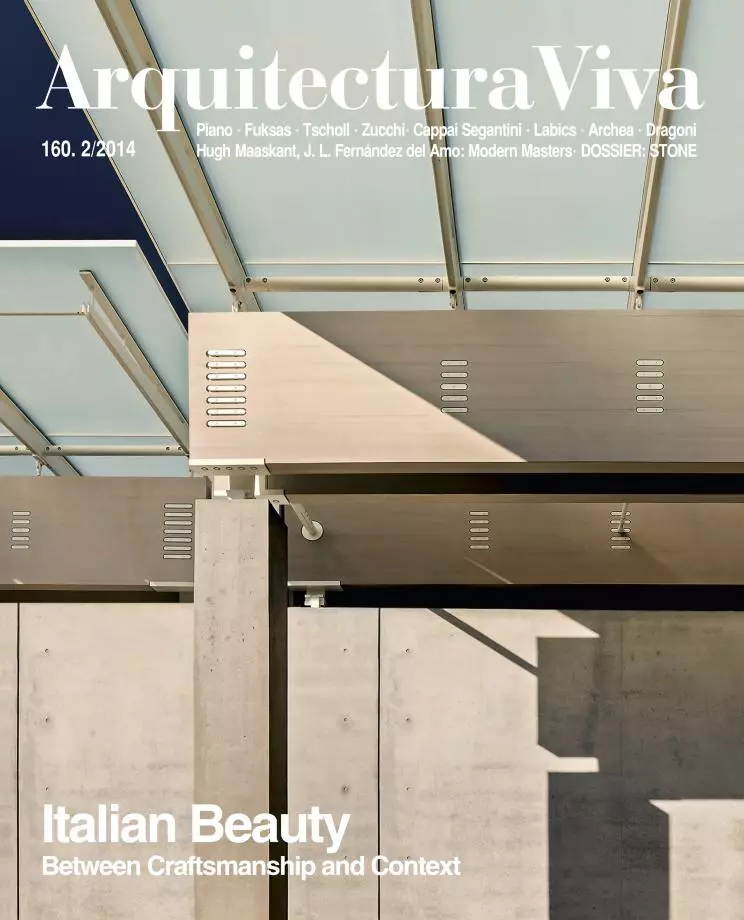
What should good professors do when they retire? Put into writing everything they devoted their academic life to, before their teachings fall into oblivion. This is what Colin Rowe did with the original version of this book (2002), based on notes his student Leon Satkowski took during classes on the Cinquecento at Cornell. Reverte now presents it in Spanish as a university manual with a foreword by Juan Antonio Cortés and an epilogue by David Rivera on related historiography.
In analyzing Italian architecture of the 16th century, Rowe dwells not on considerations of style, as the art historians Wittkower or Wölfflin did. Not once does the term ‘mannerism’ appear. What he offers is a delectable run-through of architects like Bramante, Raphael, Giulio Romano, the Sangallos, Peruzzi, Ammannati, and so on. Conspicuously absent are Michelangelo and Palladio, but Satkowski explains that Rowe died before completing the chapters on them, and that he did not wish to include them of his own accord.
In the picture too are the patrons of this architecture: popes, notables, cities – a reminder that good architecture requires good architects, but also good clients. The architecture portrayed is the fruit of close collaboration between artists, Maecenases, and cities. Finally, a comparison is made with works of Wright, Gropius, and Le Corbusier.
Why read this book on a period of architecture already much talked about? Because of a view of architecture that is closer to questions of form than to questions of style.







